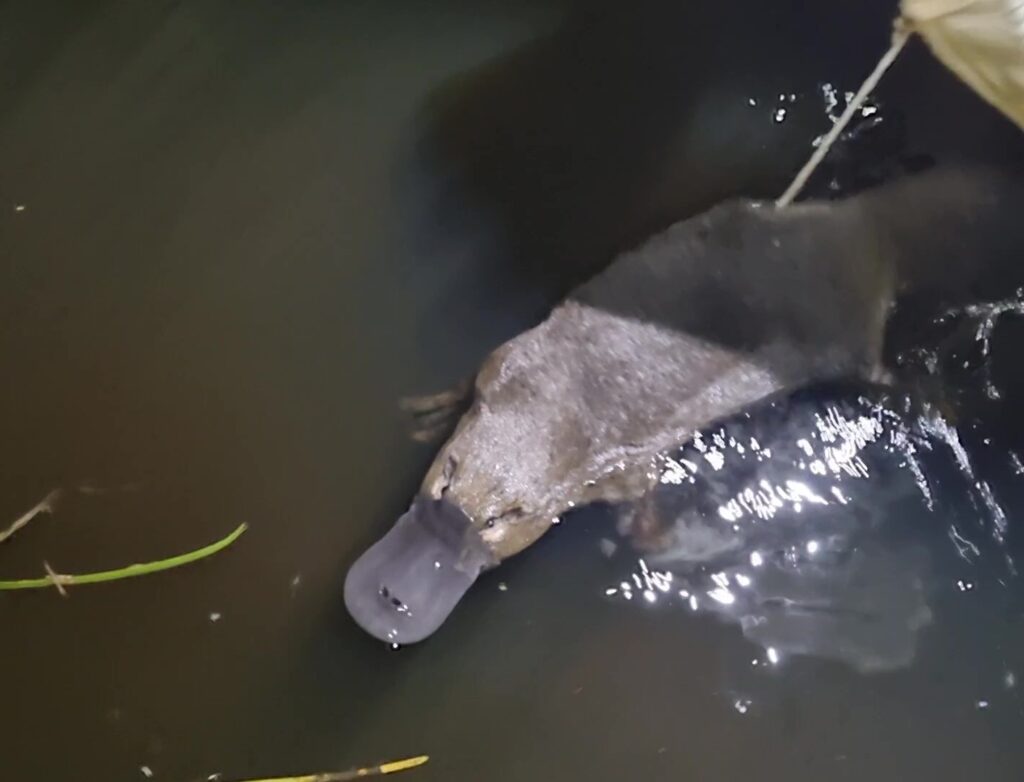Take action this Platypus Month: Seize it, Snip it, Bin it!

Platypus, Petra found in 2025 surveys
Join us this September for Platypus Month and protect these incredible animals from the dangers of loopy litter! Items like rubber bands, hair ties, plastic rings, fishing line, string, and twine are deadly traps for the platypus.
How you can help
Join the Seize it, Snip it, Bin it movement and help protect our unique platypuses:
- Seize it: Pick up any litter, especially loopy litter. Litter dropped on the ground ends up in our rivers and creeks.
- Snip it: Cut rings or loops, like hair ties or rubber bands, before disposal to reduce the risk of entanglement.
- Bin it: Always dispose of litter correctly to stop it from reaching our waterways.
How does litter end up in our waterways?
Many people don’t realise that litter dropped on the ground doesn’t just disappear—it often ends up in our rivers, creeks and lakes. In urban areas, rain washes litter into the stormwater system, which flows directly into local waterways. Loopy litter like rubber bands, hair ties, and plastic rings, enter platypus habitat through the stormwater network, where they pose a serious threat to the platypus and other wildlife.
Why is loopy litter so dangerous?

Platypus trapping 2022, MacKenzie River, by Ecology Australia
Platypus can become entangled in litter when swimming or foraging for food. Platypuses eat waterbugs, including insect larvae, yabbies, shrimp, worms, and snails. They search for waterbugs by swimming along riverbeds with their eyes closed, using receptors in their bills to detect prey. While hunting for food loopy litter can get caught around the platypus’ bill, neck or body. Overt time these litter items can tighten around the platypus, causing serious injury or even death.
In our annual platypus surveys at MacKenzie River during April 2017, a juvenile female platypus was saved from death, by wildlife ecologist Josh Griffiths from platypusSPOT. Nicknamed ‘Lucky’, she was found with a hair tie stuck around her neck, which thankfully Josh was able to remove during the survey. This highlights the importance of keeping our waterways clean and free from foreign objects!
Platypus and other biodiversity that are reported, commonly have entanglements involve loopy litter like hair ties, elastic bands, fishing line or plastic ring seals from food jars.
What makes September the right time for Platypus Month?
September is a critical time for platypuses in Victoria—it’s their breeding season! As platypuses are out searching for mates, they become even more vulnerable to the dangers of litter in their environment. You can make a real difference during this important time by seizing, snipping, and binning loopy litter.
Spotted a platypus during Platypus Month? Make sure to record your platypus sightings using PlatypusSPOT. Every observation helps scientists better understand where platypuses live and how to protect them!
Every action counts. Together, we can protect the platypus from loopy litter and keep our rivers and creeks safe.




